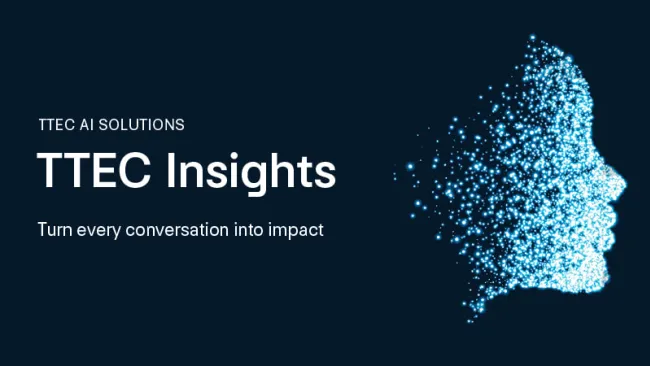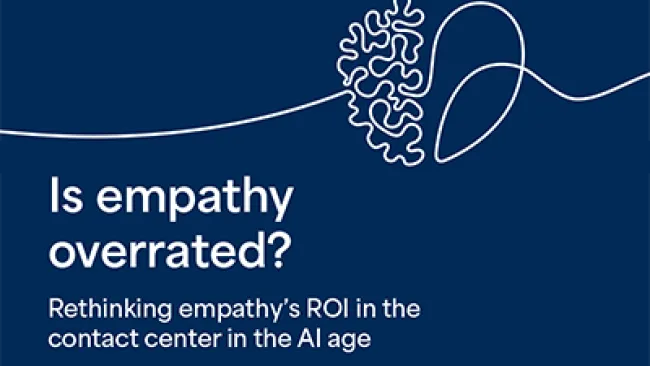Complexity is a natural byproduct of growth. As companies expand and introduce new products through acquisition or through internal development, there is a tendency to become more complex. Before you know it, both your employees and your customers need maps to navigate your business.
There are many reasons for complexity. Most common is a siloed, territorial approach to customer activities. For example, a new product manager may set up her own set of processes to support the product, create customized reporting, and invest in her own tools or technology that might not be used in areas of the company.
It is not uncommon to see companies with multiple line of business operate separate toll free numbers, create duplicate marketing material, operate disparate support systems, and run overlapping reports. This creates a complex ecosystem for both customers and employees. As we try to get our customers to use more than one product and connect with our brand, it becomes difficult for customers who have to navigate within a company.
Great examples of this are found in telecommunication companies, where most customers are still viewed within the silo of a particular product—land line for their home, cellular service for their family, internet, and digital television. Yet rather than making it simple for the customer and providing a single point of contact for the brand, customers have to contact the company through many points that are determined by their understanding of the question from an inside-out perspective.
Complexity not only hurts consumer brand awareness, but it also makes it extremely difficult to create a seamless customer experience across all these different points with different systems. Employees typically don’t have the ability to see the total value of the customer. Rather, they see just the one service they are supporting. And it can be very annoying for customers who have multiple cell phones and expensive data plans to be treated poorly because they are seen as a low value residential customer with few features or services instead of as the high-value, cross-feature customer they are.
Complexity also challenges employees who are trying their best to give customers a personalized, valued experience. They must navigate multiple back-end tools that don’t talk to one another to determine who the customer is, the products they have, and the opportunities they have to upsell, cross-sell, or retain that customer.
Last, but least, is the cost associated with the complexity. Having complex ecosystems drives low efficiency because employees work in silos that may not be efficient, and the time it takes to serve customers is longer than necessary because employees spend time navigating tools rather than listening and engaging with customers. Complexity increases the time it takes to train your employees and increases their attrition due to frustration with tools and inability to be effective in their job.
Many contact centers we see have an opportunity to reduce the cost to serve customers by more than 20 percent by reducing complexity. More than technology, companies can focus on the key things that customers and employees use every day.
Steps to get started
We recommend starting with an audit of your customer touchpoints. You will be surprised at how many there are and how often they do not reflect a common experience for customers. Analyze the reasons customers are connecting with you by touch points and how those connections are resolved.
Once you have an understanding of what is going, narrow your focus to the connections that happen most frequently. Don’t try to solve all of this at once but focus on the few connection types that happen most often.
Next, evaluate and start to look for ways to reduce touchpoints. In one case, we learned one of our clients had more than 100 separate toll-free customer service numbers. Consolidation, combined with effective use of CRM and knowledgebase tools, helped reduce complexity.
When looking at your contact center ecosystem, try to answer these questions:
- Why do associates transfer calls? Is it because they don’t have the tools or authority to serve a customer with multiple products? Can you expand their tools and knowledge through optimized tools and/or training?
- Are your IVRs easy to use? When your customers opt out of the IVR and go to an associate, do you know why? Could you make it easier for customer to use self service?
- How many systems and interfaces do associates use to serve your customers? Do you have the ability to reduce the number of systems by consolidation?
Too often, business leaders are so entrenched in their business that they don’t see the forest for the trees. But all it takes is to step back and look at your contact center from through the eyes of customers. Simple improvements can be made that make a big difference in simplifying the experience for the company and customers.
















